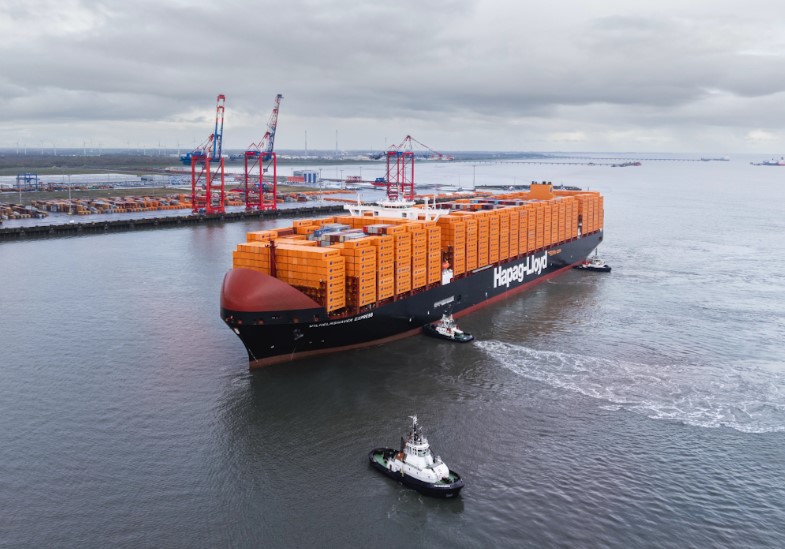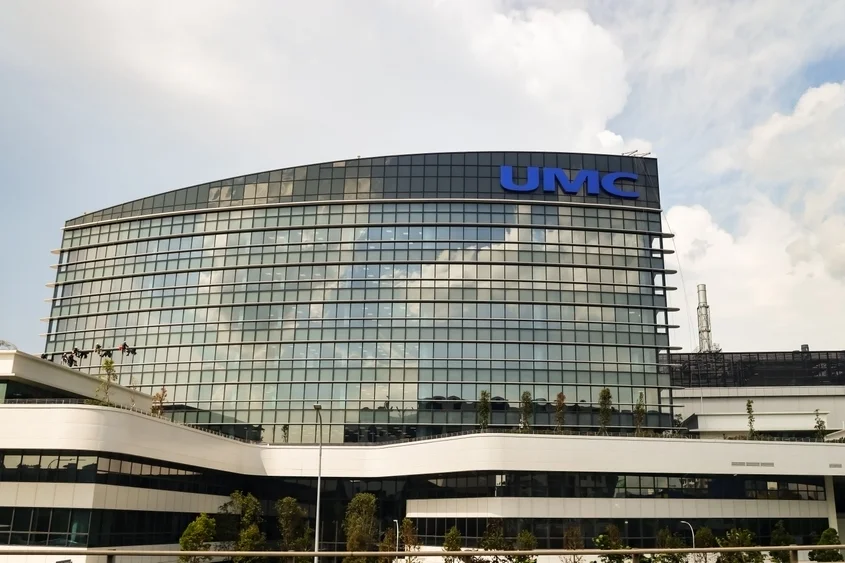Copyright offshore-energy

German container shipping major Hapag-Lloyd has named its final Hamburg Express class vessel, marking the completion of the 24,000 TEU newbuild series. The christening ceremony took place at the Jade Weser Port in Wilhelmshaven on October 28, 2025. The Wilhelmshaven Express is the twelfth and final ship in the Hamburg Express class, an ultra-large vessel series that has set new benchmarks in terms of sustainability and productivity. With a capacity of 23,660 TEU and dual-fuel propulsion (running on LNG and biomethane), the vessel is deployed on the Gemini Cooperation’s NE1 service, connecting Asia and Northern Europe with maximum efficiency and reduced emissions. To remind, Hapag-Lloyd took delivery of Wilhelmshaven Express in June this year. “The ‘Wilhelmshaven Express’ and its eleven sister vessels all successfully deployed are not just the largest in our fleet – they are a symbol of our unwavering commitment to continuously lower emissions, to quality leadership, and to long-term strategic growth,” Rolf Habben Jansen, CEO of Hapag-Lloyd, commented. Rolf Habben Jansen acknowledged also the importance of the Container Terminal Wilhelmshaven: “The deep-water port has firmly established itself as a reliable and productive hub for Hapag-Lloyd and the Gemini Cooperation. With its consistent processes, efficient cargo handling, and direct connections to key trade lanes such as the Far East and the Atlantic, it plays a vital role in strengthening both our network and the resilience of our customers’ supply chains across Northern Europe.” The Hamburg Express class was built at Hanwha Ocean shipyard in South Korea. With $2 billion spent, the three-year newbuild program is reportedly one of the most significant fleet investments in Hapag-Lloyd’s history. Each vessel measures 399 meters in length and is equipped with advanced technology to reduce CO₂ emissions by up to 25 percent compared to conventional designs. Looking ahead, the company is preparing for its next major newbuild program, comprising 24 vessels. Of these, 12 newbuildings will have a capacity of 16,800 TEU each, while the other 12 ships will have a capacity of 9,200 TEU each. All of them will be equipped with low-emission high-pressure liquefied gas dual-fuel engines that are highly fuel-efficient. In addition, these vessels can be operated using biomethane, which can further reduce CO2 emissions by up to 95% compared to conventional propulsion systems. Hapag-Lloyd will take delivery of these new vessels between 2027 and 2029. Hapag-Lloyd ordering additional green newbuilds. This time in S. Korea Hapag-Lloyd and DHL boost efforts to drive adoption of sustainable marine fuels Hapag-Lloyd picks Shell bio-LNG for its green containership fleet Hapag-Lloyd unveils $4B green financing for 24 LNG dual-fuel boxships



